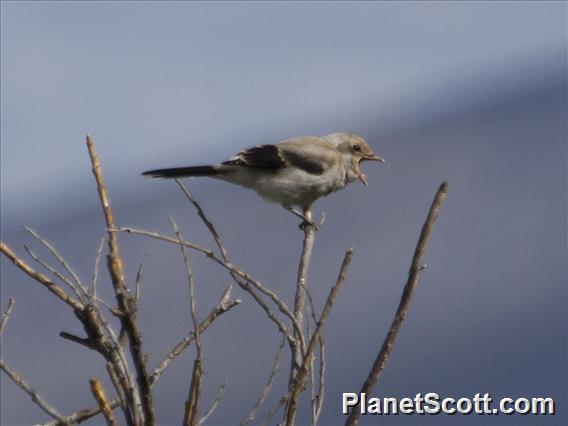Northern Shrike (Lanius borealis)

Northern Shrike (Lanius borealis)
×


Northern Shrike (Lanius borealis)
About Northern Shrike (Lanius borealis)
- Kingdom: Animals
- Phylum: Chordates
- Class: Birds
- Order: Perching Birds
- Family: Shrikes
The northern shrike is a large songbird species in the shrike family (Laniidae) native to North America and Siberia. Long considered a subspecies of the great grey shrike, it was classified as a distinct species in 2017. Six subspecies are recognised.
Source: Wikipedia
Lifelists
Trips
Visits
-
2014-07-18
Nome-Kougarok Road, United States of America

